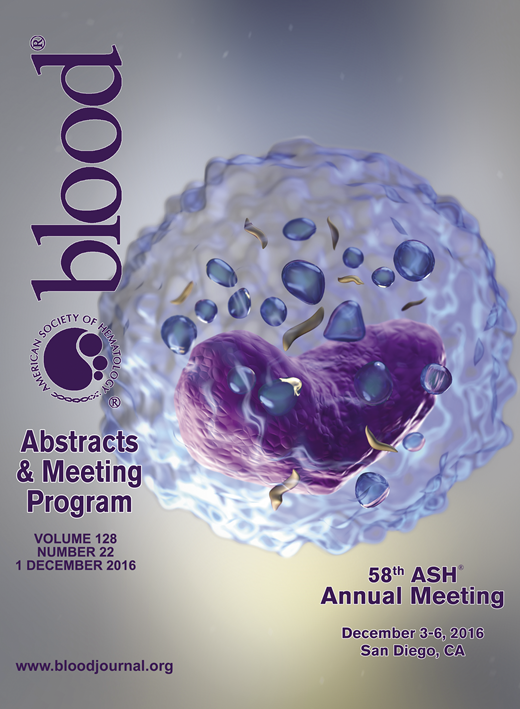Abstract
Background and Objectives
Acute Myeloid Leukemia (AML) is a cytogenetically and molecularly heterogeneous disease. In the recent decades, many genetic mutations and their clinical significances in AML have been identified with the development of new genomics technology. Based on these advances, new 2 entities were added to the WHO 2008 classification : AML with mutated NPM1 and AML with mutated CEBPA. Likewise, AML with RUNX1 mutation are now considered as a new provisional entity in the next update of WHO classification. In this work, we characterized patients with cytogenetically normal AML according to RUNX1 mutational status and analyzed several co-mutations by next generation sequencing.
Patients and Methods
A total of 419 patients were included in the present study who met the following eligibility criteria: 1) age ≥ 15 years; 2) a diagnosis of AML with normal karyotype confirmed by conventional cytogenetic analysis. Analysis of genetic mutations were performed using targeted resequencing by Illumina Hiseq 2000 (Sureselect custom probe set targeting 94 myeloid gene panel including RUNX1 mutation). Samples for the confirmation of first complete response were also analyzed in 163 patients. The majority of patients (97%) received '3+7' standard induction chemotherapy. Median age was 53(range 15-84).
Results
Overall, most common mutations for this cohort were NPM1(33.9%), DNMT3A(30.3%), NRAS(20.2%), IDH2(15.0%), FLT3(12.2%), CEBPA(11.1%). RUNX1 mutations were found in 22 of 419 (5.4%) patients. 7 of 13 available samples in complete remission still had RUNX1 mutation. The patients with RUNX1 mutations were older than those with wild-type RUNX1. (p=0.006) and RUNX1 mutation had a trend of male preponderance. The WBC count and blast percentage of peripheral blood and bone marrow were not different according to RUNX1 mutational status. The complete response rate was significantly lower in RUNX1 mutated group compared with wild-type group. (57% vs. 84%, p=0.005) In univariable survival analysis, RUNX1 mutations were significantly associated with inferior event-free survival (EFS) (p<0.001), relapse-free survival (RFS) (p=0.009) and overall survival (OS) (p=0.002). However, in multivariable analysis, RUNX1 mutation was not an independent prognostic factor for inferior EFS (hazard ratio(HR) 1.48, p=0.286), RFS (HR 2.15, p=0.057) OS (HR 1.14, p=0.716). Co-mutation analysis revealed that ASXL1 (26%,p=0.001), KRAS (26%, p=0.009), BCOR (16%, p=0.032) were correlated with RUNX1 mutation. None of the patients with RUNX1 mutation had NPM1 mutation and only one patient had CEBPA mutation.
Conclusion
In cytogenetically normal AML, RUNX1 mutation is observed in 5.4% and is mutually exclusive of the NPM1 and CEBPA mutation. Older age and lower complete response rate is correlated with RUNX1 mutation. In univariable survival analysis, RUNX1 mutation is associated with poor clinical outcomes.
No relevant conflicts of interest to declare.
Author notes
Asterisk with author names denotes non-ASH members.

